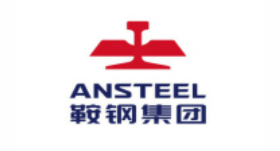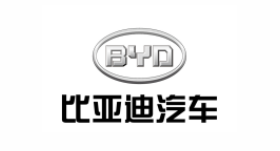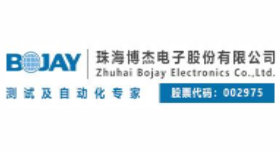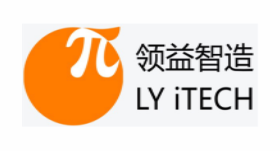The excitation voltage of the sensor simulator comes from the bridge voltage of the weighing display instrument, which is a passive signal generator. Weighing sensor is an important category of mechanical sensors, which is also the most widely used, and there are many forms. In general, the construction of weighing sensors mainly includes elastomers, strain gauges, seals and so on. For sensor manufacturers, it generally specifies the force of the sensor, performance indicators, installation form, structural form, elastomer material and so on. When designing a good weighing sensor, the hysteresis performance of the product must be fully taken into account. Through the above analysis, combined with the specific situation, the size of hysteresis can be significantly reduced. Several of them interact to affect the performance of the sensor, and the following is an analysis of their respective roles.
The metal material used as the elastomer of the weighing sensor, the complex organizational structure relationship of the sensor inside, when subjected to external force, micro-strain will be generated between the tiny grains, after the external force disappears, the micro-strain will disappear, but whether it can be fully restored to the original state without force, is different due to the metal material of the elastomer. If the curve of the loading force and the curve of the unloading force do not coincide, the greater the difference, the greater the hysteresis.
After the elastomer and strain gauge are composed, the sensor also needs to be sealed with sealant, mainly for fixed lines and seals to prevent the influence of the external environment on the performance of the sensor. When a small force is applied to the elastomer, the elastomer deformation is small, and the sealant thickness affects the deformation that occurs.

































